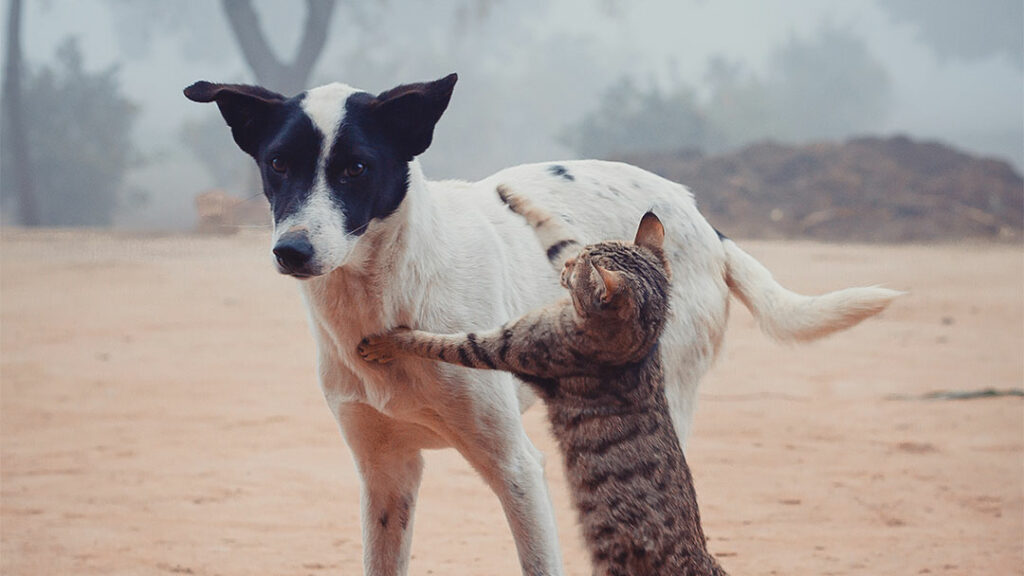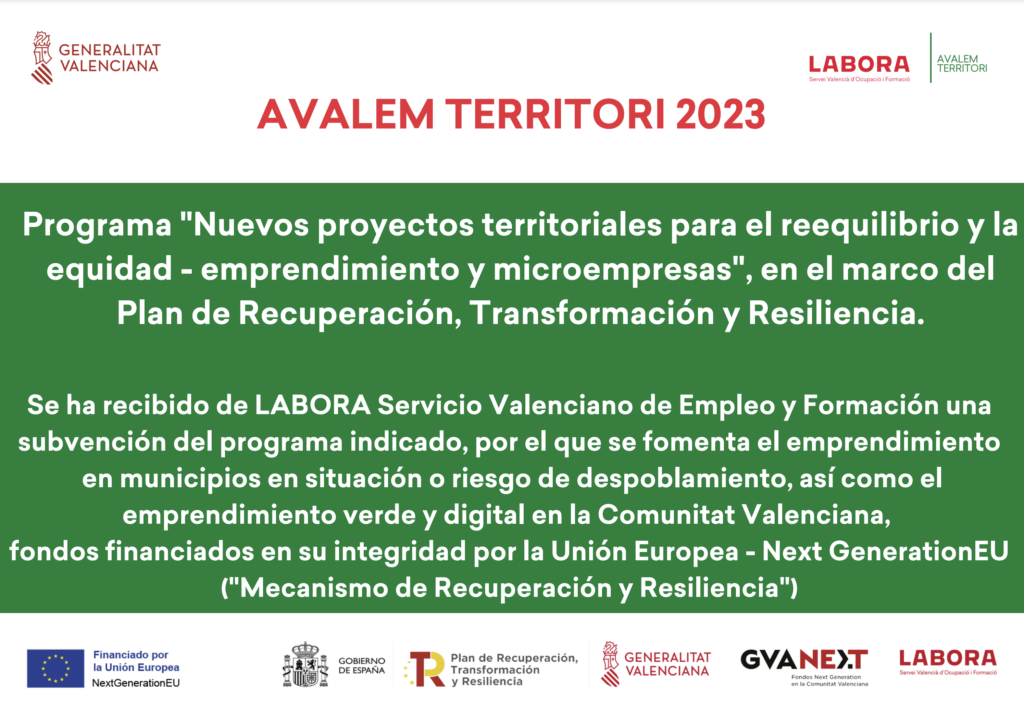With evenings drawing in and the winter cold beginning to bite, the need to provide your cat with a warm, secure place to shelter becomes ever more urgent. Whether your kitty flits outside or remains indoors, a heated cat house is a must-have for winter. With insulation, heating elements and, features to protect your kitty from the cold, heated cat houses are more than just a pampering, they are a critical solution for maintaining your furry feline’s health and happiness in the frigid months.
Understanding the Purpose of a Heated Cat House
The primary purpose of a heated cat house is to ensure warmth, especially during the cold season. Unlike regular shelters that have nothing in them, heated ones have warming pads or built-in heaters to keep the inside at a constant warmth. They’re generally thermostatically controlled, responding to heat according to the cat’s body temperature or the ambient air. This is so the place doesn’t get too hot, and the cat can feel comfortable and the housing unit don’t need to check the temperature often.
In addition to warmth, heated cat houses are also constructed to provide security from predators. Outdoor versions are designed to get wet in the rain, sleet, and snow. This is why they are usually crafted out of strong, weather-resistant materials including thick plastic or insulated wood. The most common entrance is small in order to keep out larger intruders and conserve heat on the inside, and is lined with thermal insulation such as powder, sawdust, or heated mats. Indoor versions are designed for comfort and aesthetics — many look like cozy hideaways that fit into your home’s decor.
Benefits for Indoor and Outdoor Cats
Indoor cats might appear free from the cold, but all homes aren’t as bombastically warm as yours. Rooms with drafts, uninsulated basements, garages and porches can leave your cat cold. A heated cat house can provide a warm spot for your cat to rest and take shelter in these areas. Many are even a bed or a piece of furniture in their own right, providing your furry friend with a touch of style and comfort.
For cats that venture outdoors, the benefits are even greater. If you have a pet who likes to hang out outdoors, or you’re aiding stray or feral cats, a heated cat house can be a life-saving purchase. It’s a safe shelter where they can thaw out and relax, even when it’s chilly outside. For homeless cats, this simple structure is the difference between life and agony.
Choosing the Right Heated Cat House
The market is full of heated cat houses and the right choice really depends on your requirement. If you’re making a purchase for an outdoor setting, select one with features like waterproof materials, elevated floors and heavy insulation. If you want something easy to clean consider a heated house with a removable or washable heating pad. It also should have a covered entrance or a flap door that can block wind and hold heat.
Comfort and design can be more important for indoor use. Lots of indoor heated cat beds or houses are plush and shaped small enough to place in a corner, beneath a table or on a shelf. Safety is paramount, so make sure that you always choose products that are UL-listed or certified for pet safety. Don’t use makeshift remedies such as human heating pads, which can be too hot and unsafe for extended contact.
Size is another factor in the equation. The house should be large enough for your cat to be able to turn around and stretch out, but not so roomy that heat dissipates to quickly. Some heated cat houses fit multiple cats, so they’re ideal for a bonded pair or a small colony. Factor in your climate, number of cats and space available to determine which model is best for you.
Heating Options and Safety Features
The vast majority of heated cat houses run on low-voltage electrical systems and are pet-safe. Many warming mats or pads are covered in waterproof or chew-proof material to protect against messes. Some models even have self-warming materials that reflect a cat’s body heat for warmth that doesn’t depend on electricity. These are perfect if you do not have access to power or don’t want an electric device.
If you’re using a plug-in heated cat house, ensure that it has a chew-proof cord, an automatic shut-off, and a thermostat. These characteristics make for the safe and efficient functioning of the device. Always use a flat and level foundation and try to refrain from using extension cords to the best of your ability. Inspect the heating element frequently for wear or damage and clean and store according to manufacturer’s instruction.
The industry is also looking for more sustainable battery-operated and solar-powered not-so-bulky versions. These models usually have insulation material and a supplementary heat source, such as heat-retaining gel packs. They may not get as evenly hot as those electric models, but certainly so hot that you’d be comfortable enough in winter to grade with them.
Placement and Installation Tips
The location of your heated cat house makes a big difference in how effective it will be. For outdoor arrangements, select an area with some protection from direct wind, rain or snow. The house near a wall, a fence or under a porch can provide extra protection. Raise it off the ground to allow the floor to dry and minimize heat lost to the ground.
Wherever possible, position the opening out of the wind. Use natural barriers such as bushes or trees to provide some concealment and create more wind resistance. If Cairns are kept in a snowy location, ensure that the path to the outhouse is always clear, so that they do not have to negotiate deep snow to reach it. Certainly throwing some straw (not hay) inside the house will afford additional insulation as well as comfort. Don’t use blankets, which wind up wet and freezing.
Indoor heated cat houses should be located in areas that are quiet, draft-free, and where the cat feels comfortable. Cats typically like to hide, so try corners, closets or under furniture. Just be sure that the electrical cord is secured and isn’t a tripping or chewing hazard. Watch your cat during their initial uses to make sure they’re comfortable, and not overheating.
Supporting Feral Cat Communities
One of the most humane applications of heated cat homes is providing shelter for community or feral cat colonies. Many of these cats have no warm places to go inside in the cold months, and suffer accordingly. With the addition of just a few heated shelters on your property or in among your neighbourhood, you can offer safe, humane options that are essential to emergency or survival support.
Collaborating with local animal welfare groups or TNR programs can also magnify your efforts. Heat provide outdoor cats helps to stabilize feral colonies, and several comfortable ferals avoid the level of suffering brought on by freezing weather. When you offer fresh water, food and veterinary care in addition to shelter, you are taking a more wholistic approach to caring for a community cat.
Final Thoughts
A warm cat house is not just comfortable let alone a must have to your furry pals as it also becomes a necessity and even a life saver when it is cold. Whether you are defending an indoor kitty from a drafty house or providing shelter for a feral cat in your backyard, spending the money on a great heated cat house can make all the difference in a cat’s world.
With options that prioritise both comfort and security, the best heated cat houses available today come in various sizes to meet every occasion. “What we’ve found is that schedules have exploded and that everyone’s on the go all the time.” There are immunity-building escapes and touch-your-heal healing sanctuaries, insulated shelters and high-tech, temperature-regulated sanctuaries, among other options, with something for every home and budget. Whether it’s as responsible pet owners to our own personal ferals or simply as caring neighbors in our towns and communities who want to give back, providing warmth and shelter is a small act of kindness, but one with big impact when it comes to caring for the cats we love—or who have nobody else to care for them.



